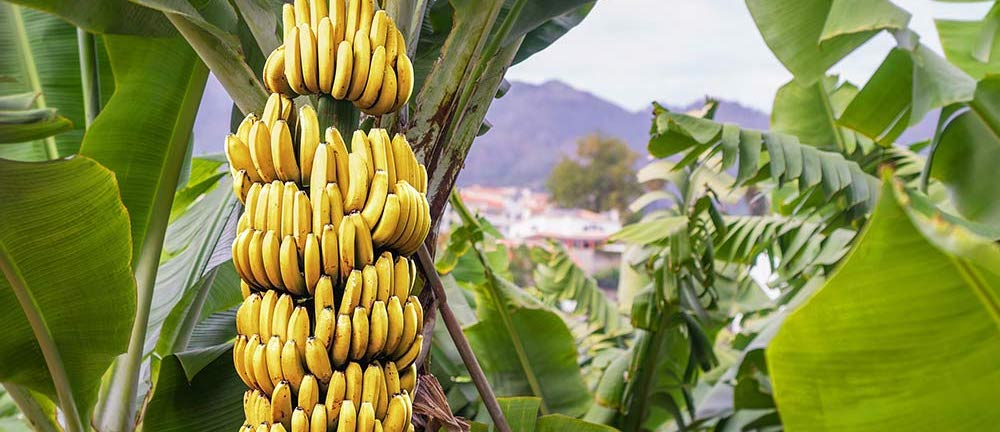In the lush greenery of Costa Rica, a revolution is quietly taking root, one that promises to reshape the global banana industry and potentially save your breakfast fruit bowl. Later this year, researchers in this vibrant Central American nation are expected to unveil a groundbreaking development: the country’s first genome-edited banana. But this isn’t just any banana. This banana comes with superpowers—resistance to Black Sigatoka and Fusarium wilt, two of the most dreaded scourges in the banana world.
A Peeling the Layers of Banana Science
The United States Foreign Agricultural Service (FAS) in San José has peeled back the curtain on this exciting innovation, revealing a banana variety that stands tall against diseases reducing yield and profitability for growers across the globe. Costa Rica’s Ministry of Agriculture is not monkeying around; they’ve confirmed that initial steps have been taken to advance these critical research efforts.
In a move that’s ripe with potential, one company is gearing up to seek approval through the State Phytosanitary Service (SFE) in a research context. Their goal? To kickstart the study process of Black Sigatoka and lay the groundwork for future triumphs against Fusarium wilt, according to details shared with FreshFruitPortal.com.
But don’t slip on your excitement just yet; the ministry has noted that the research application by the company must first be formalized before more details can be shared.
Regulatory Changes: A Fresh Bunch of Possibilities
As if this news wasn’t a-peel-ing enough, a November 2023 update to Costa Rica’s regulatory framework is set to fertilize the soil for the country’s biotechnology sector’s growth. This updated framework will not only boost the commercialization of genetically modified products but also marks a significant shift in how these innovations are regulated.
The Foreign Agricultural Service (FAS) has highlighted the juiciest part of these regulatory changes: the new focus on genome editing. This pivot means that a wide range of products birthed from cutting-edge biotechnologies could now be treated as equivalent to their conventional cousins, significantly easing the path to commercialization.
For those looking to dive into the genetically modified produce pool, the Costa Rican Department of Agriculture is the starting block for approval.
The Global Race for Resilience
While Costa Rica is gearing up to make waves with its super banana, it’s worth noting that the global race for disease-resistant bananas is already underway. In February, Australia took a bold step forward, announcing the release of the world’s first GM banana for commercial use. Dubbed the QCAV-4, this variety boasts resistance to Panama Disease tropical race 4, another formidable foe of the beloved Cavendish banana.
The Takeaway: A Fruitful Future Ahead
The implications of Costa Rica’s foray into genome-edited bananas extend far beyond the fields and into the very heart of global food security. With bananas being one of the world’s most consumed fruits and a cornerstone of economies in many tropical countries, the stakes couldn’t be higher. But with innovations like these, the future looks not only fruitful but also resilient.
As we stand on the brink of this new era in agriculture, one thing is clear: the banana industry is on the cusp of a transformation that could ensure the beloved fruit remains a staple on kitchen tables worldwide for generations to come. So, the next time you peel open a banana, take a moment to appreciate the scientific marvel it represents. Costa Rica’s super banana is not just a testament to human ingenuity but a beacon of hope in the fight against global food challenges.


1 comment
[…] Source link […]